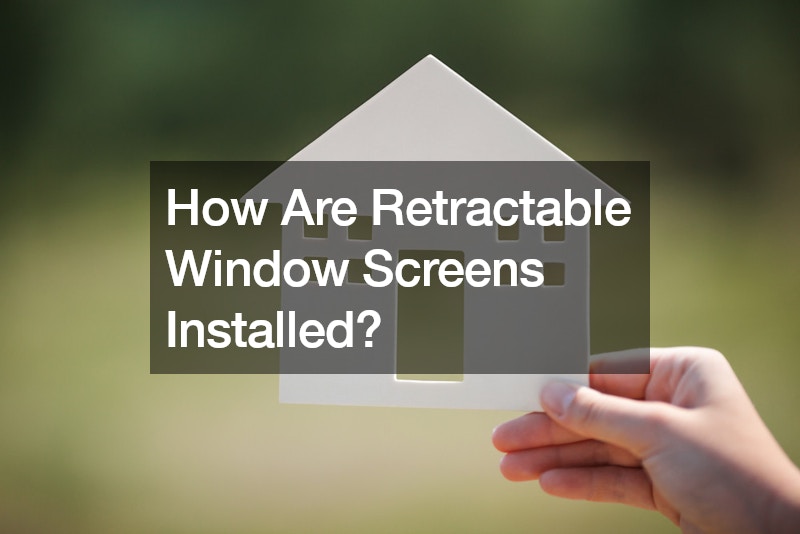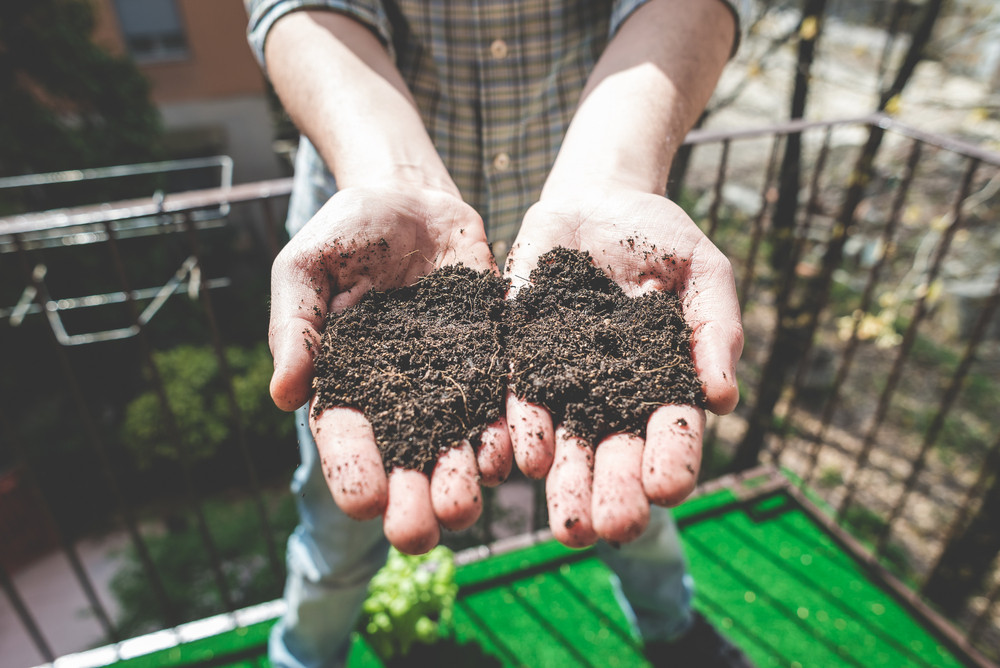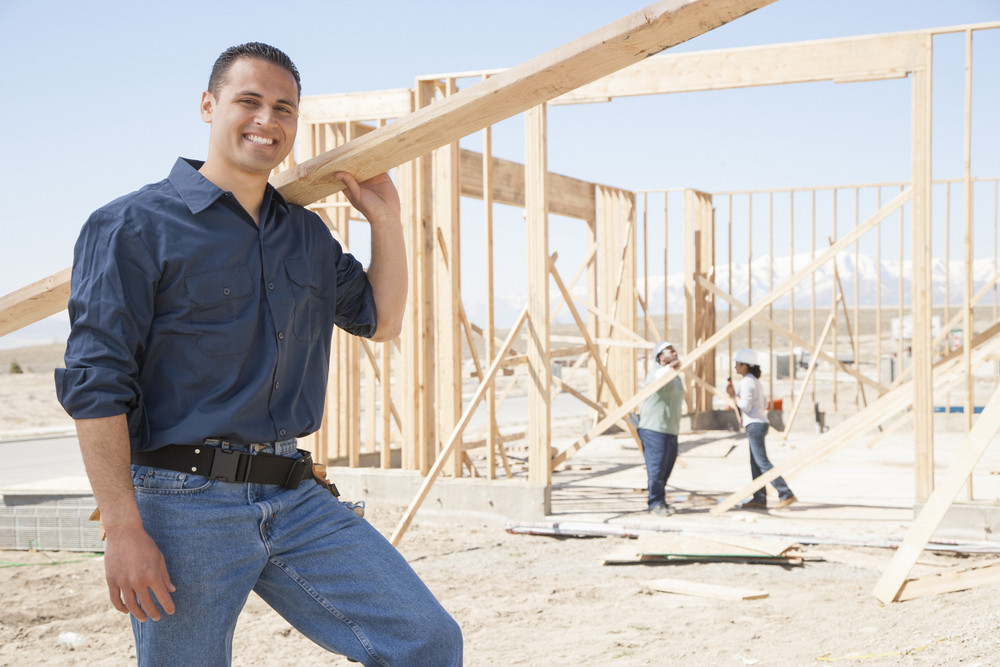
Natural disasters commonly put residential water drinkability at risk. Hurricanes and rainstorms can overwhelm water treatment plants with an unexpected influx of runoff and flood waters. When this occurs, bacteria from streets, sewage, and other undesirable sources can contaminate the water supply. Even if your home has a private well, storm runoff can bring fertilizer, chemicals, or manure from surrounding fields into your well, resulting in polluted water.
If the forecast indicates a major storm is on the horizon, take action to ensure you’ll have access to potable water throughout the event. Here are 4 steps to protect your drinking water before, during, and after a major storm:
Before the Storm
Fill and Freeze
Grab any clean plastic containers you can find, and start filling them with safe tap water. Fill containers until you think you have enough for at least a week, and possibly more if the storm will be significant. The FDA also recommends placing some containers in your freezer, which will keep the water cooler and cleaner for a longer period of time after the power goes out.
Head to the Store
The FDA also recommends purchasing a supply of bottled water and larger water jugs at the store. Keep the bottles somewhere floodwaters won’t reach. This method ensures that you have some water in convenient bottles, and is a good backup if your main supply becomes compromised during the storm.
During the Boil-Water Advisory
When floodwaters arrive, your area may issue a boil water advisory, which warns residents that the water supply has polluted water which should be boiled to kill bacteria. During this time, stick to your safe supply whenever possible. If you run out, be sure to boil water from the faucet for at least one minute before using it to cook, brush your teeth, clean, or drink.
After the All-Clear
After your area has lifted the boil water notice, it is still a good idea to have your own water system tested. If you’re one of the 48 million people in the U.S. who have a private or household well, testing is even more crucial. Water purity experts can test your supply to see if you still have polluted water, and recommend water treatment options. It may take a few months before you’re back to having clean water.
When disaster strikes, accessing basic necessities like clean water can suddenly become a challenge. Use this guide to ride out the storm without facing dangerous dehydration. For more information about water purity and filtration, visit our website today!


